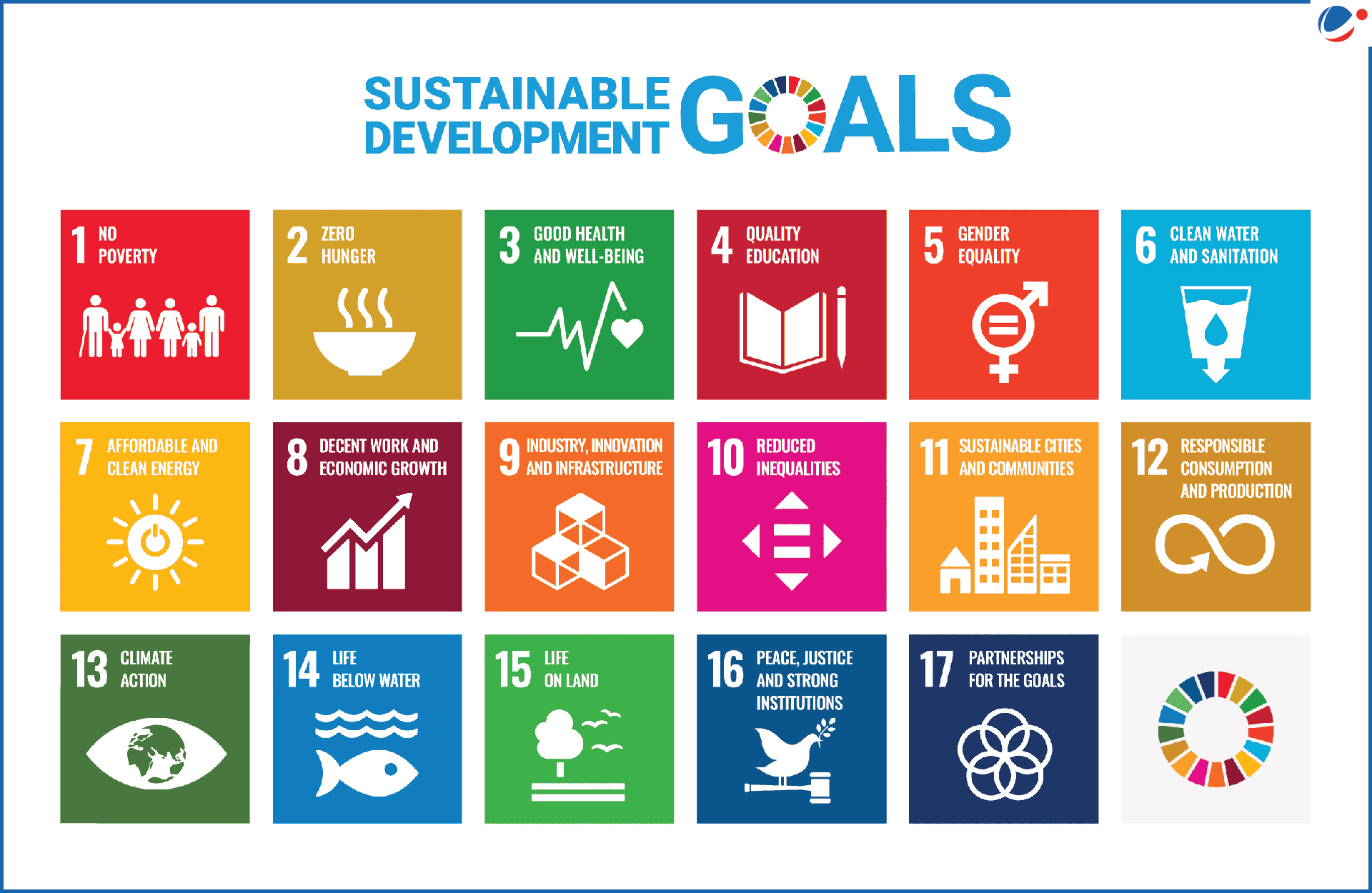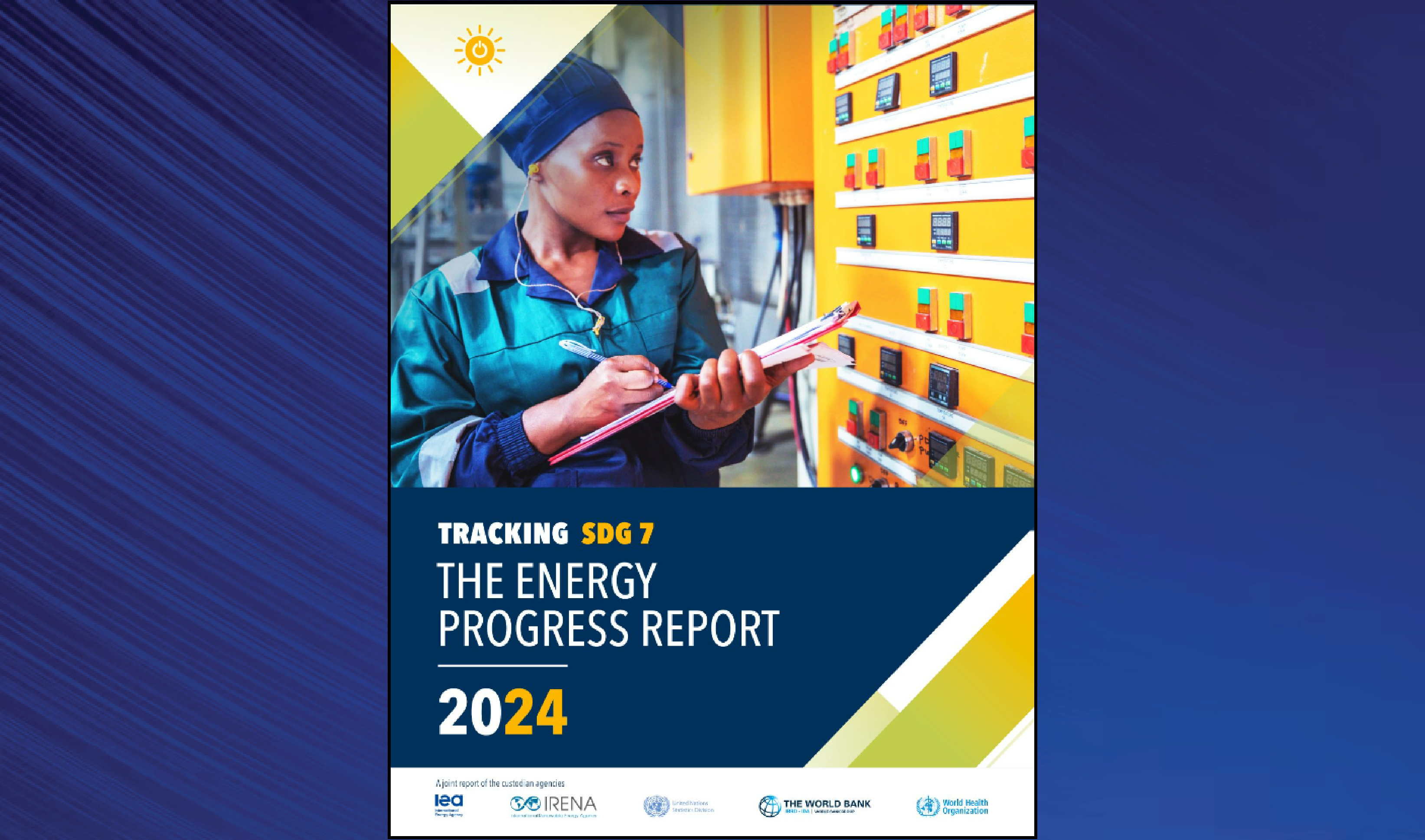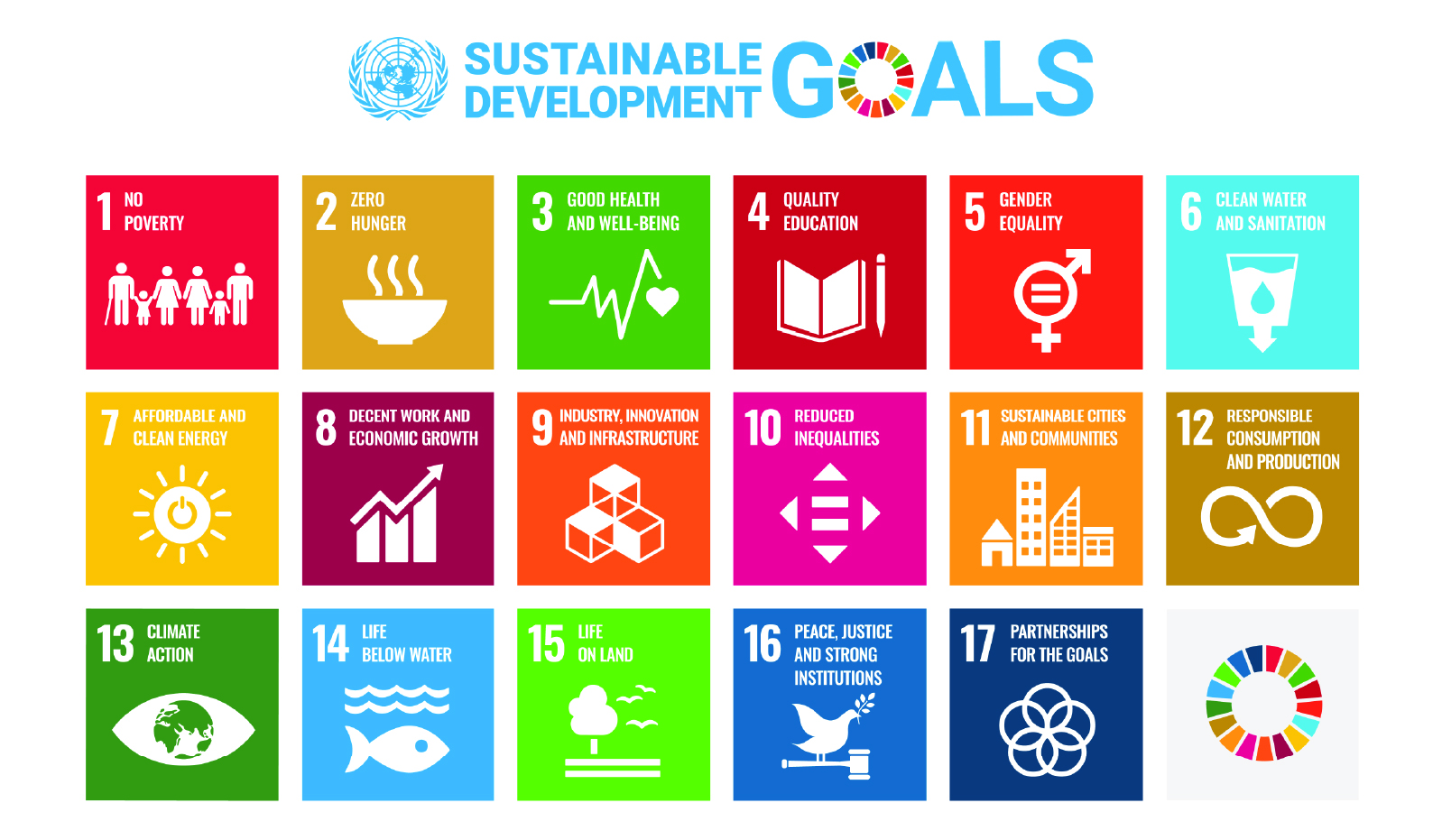This indicator adds to nearly 250 indicators tracked under Sustainable Development Goals (SDGs) framework adopted in 2017.
- FAO and UNICEF jointly manage this new indicator, addressing absence of an SDG measure for healthy diets.
- This indicator captures a crucial aspect previously lacking in tracking progress toward ending malnutrition and achieving SDG 2 (Zero Hunger) and broader 2030 Agenda.
About MDD
- According to WHO, MDD is achieved when a diet includes five or more of following eight food groups: breast milk, grains, legumes, dairy products, flesh foods, eggs, fruits, and vegetables.
Significance of MDD Indicator
- Improved Nutritional Assessment: It specifically tracks nutritional needs of women (MDD-W) and children (MDD-C), who are most vulnerable to malnutrition.
- Tracking Global Health Targets: Supports SDG 2, aimed at eliminating hunger and improving nutrition..
- Policy Tool: Aids policymakers in developing strategies to combat malnutrition by addressing health risks linked to poor dietary habits.
- Evaluating Program Impact: Helps evaluate nutrition programs.
Status of MDDF (minimum dietary diversity failure) in India (For Year 2019-21):
- Regional Disparities: Central region of India, particularly Uttar Pradesh, Rajasthan, Gujarat, Maharashtra, and Madhya Pradesh, has over 80% of children with MDDF.
- Age Impact on MDDF: 77% children in India aged 6-23 months lacking minimum dietary diversity.
- Vulnerable Sections: Children from Other Backward Classes have the highest MDDF (79%), followed by Scheduled Castes (77.2%) and Scheduled Tribes (76%).








